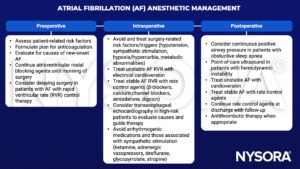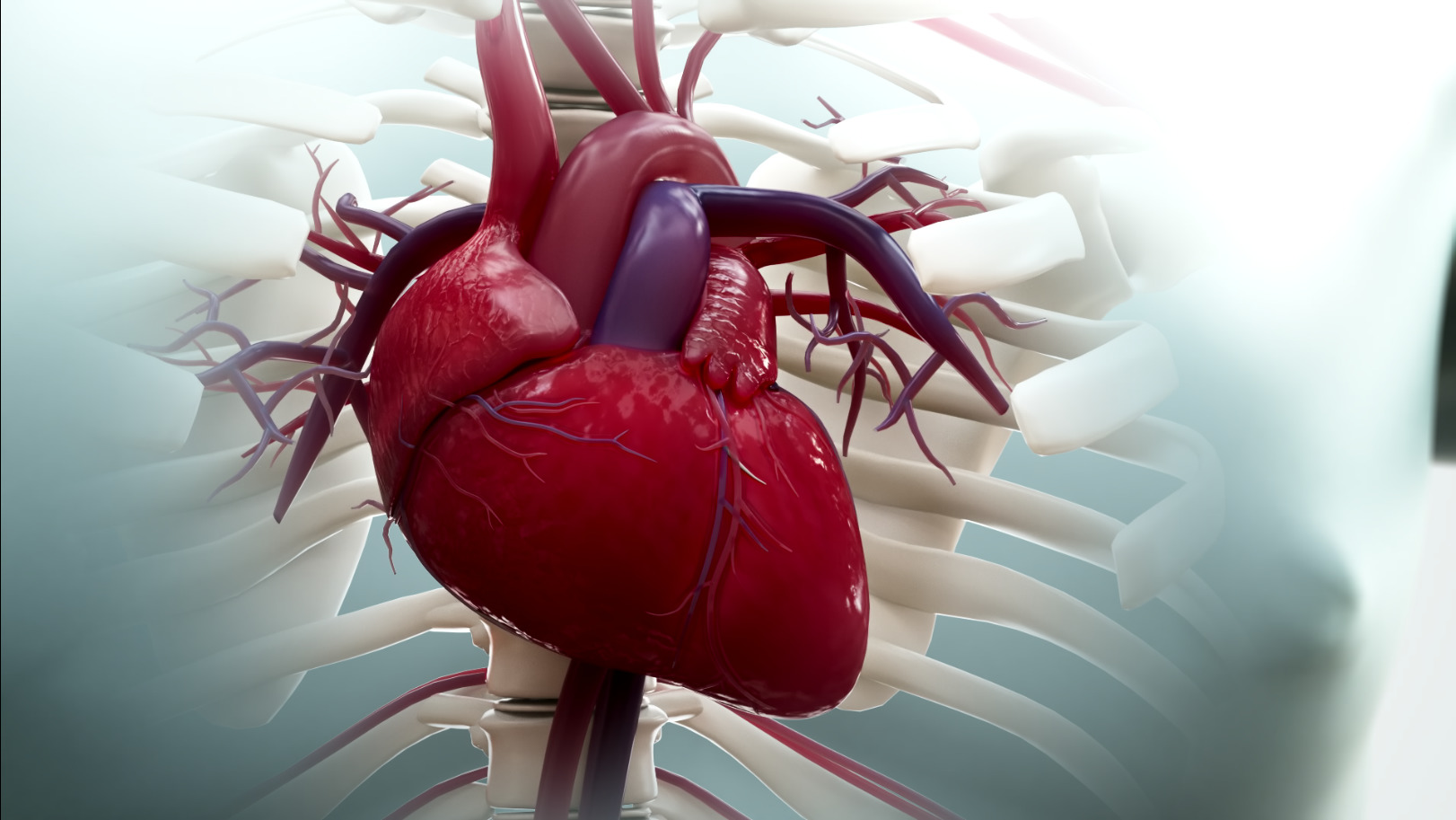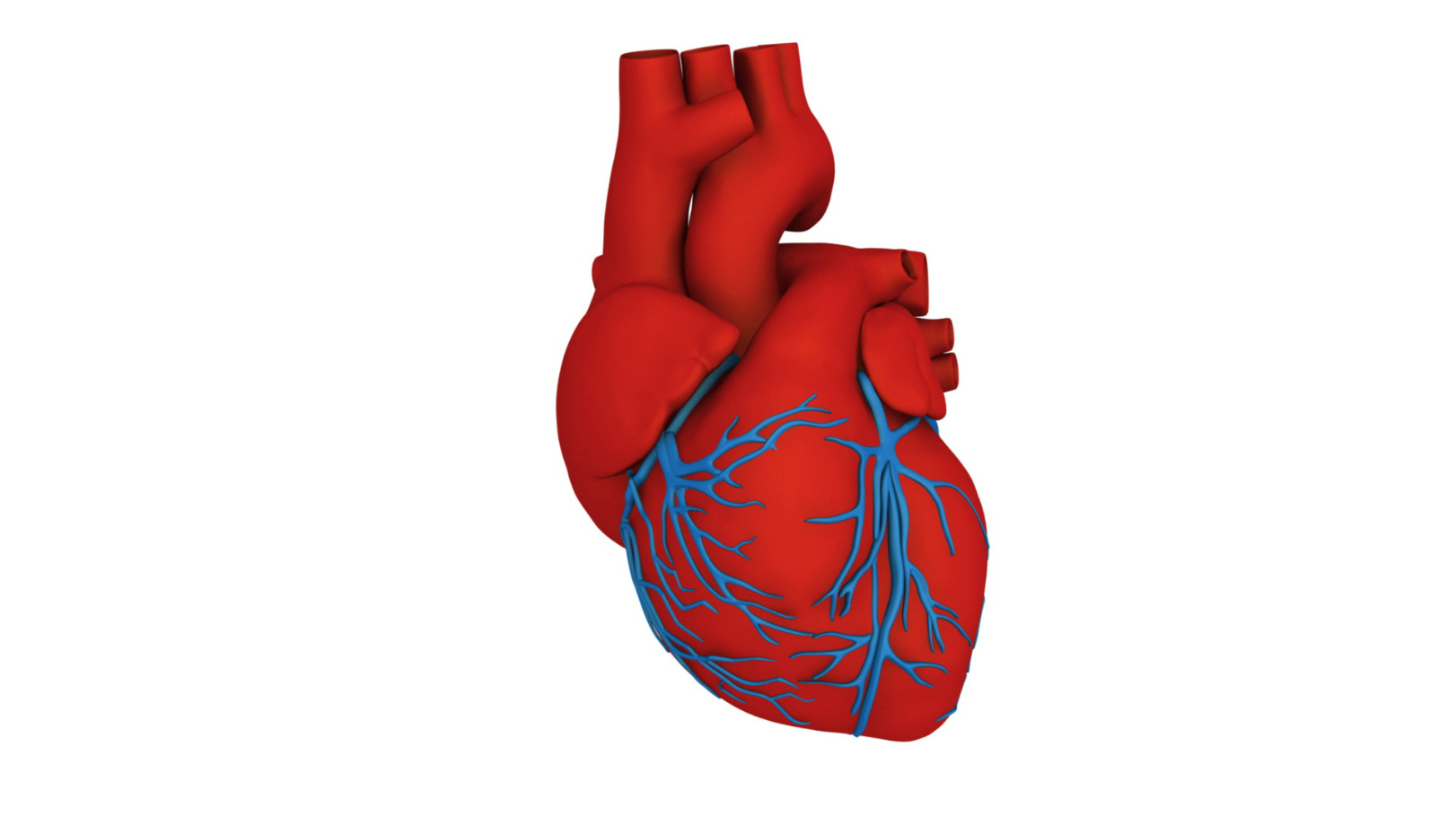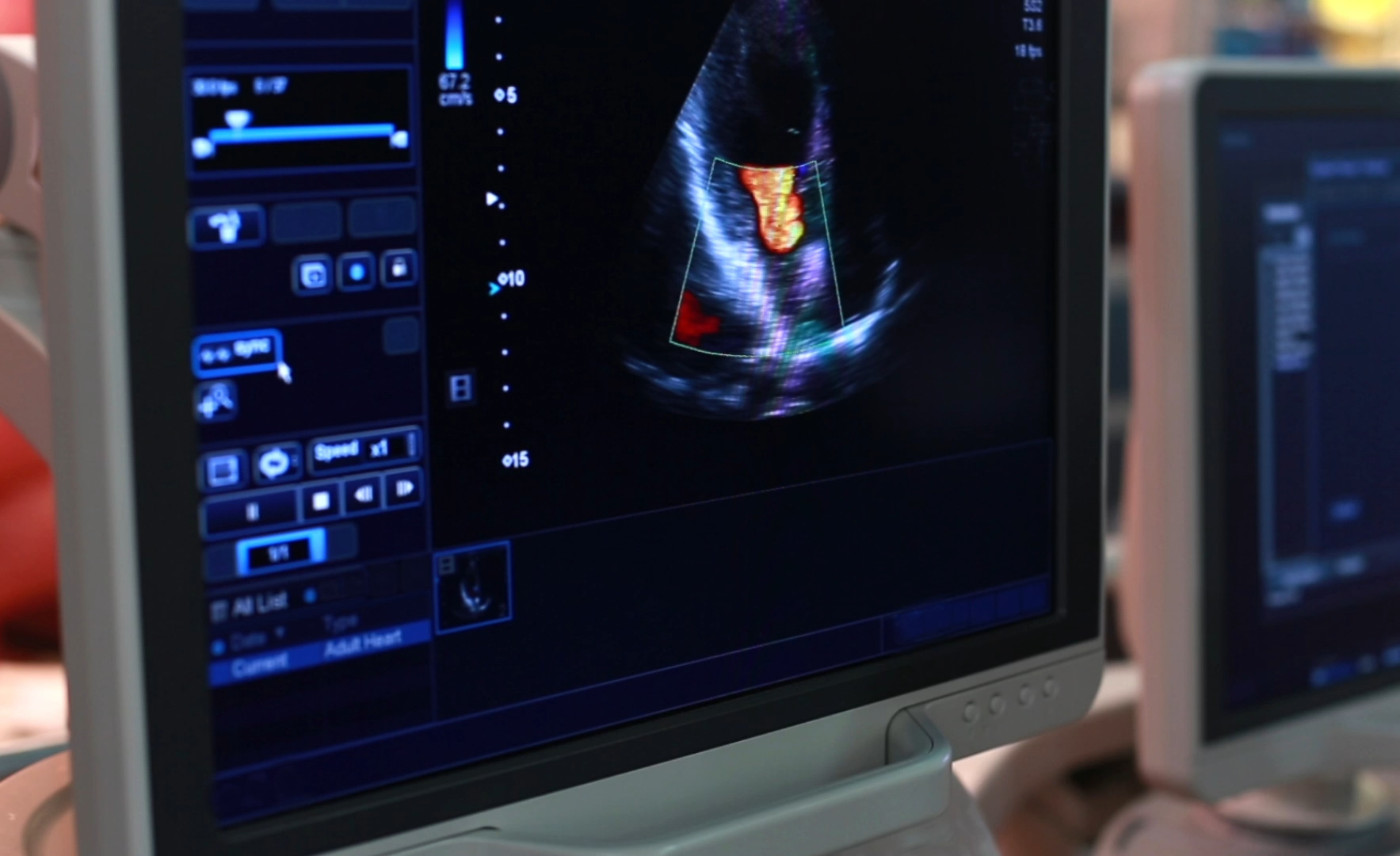Learning objectives
- Describe the overall mechanisms of AF
- Recognize risk factors for perioperative AF
- Manage patients with AF or risk of AF
Definition & mechanisms
- Atrial fibrillation (AF) is the most common sustained arrhythmia
- Very rapid and uncoordinated atrial activity
- Twofold increase in premature mortality
- Important factor in major adverse cardiovascular events such as heart failure, severe stroke, and myocardial infarction
- Initiation and maintenance of AF can be linked to “trigger” (initiating event) and “substrate” (atrial remodeling that maintains AF)
- Risk of congestive heart failure, embolic events, stroke
Risk factors for perioperative AF
| Patient-related | Surgery-related |
|---|---|
| Age | Hypovolemia and hypervolemia |
| Race (lower risk in African population) | Hypoxia |
| History of atrial fibrillation | Intraoperative hypotension |
| Congestive heart failure | Catecholamine versus noncatecholamine vasopressor use |
| Ischemic heart disease | Trauma |
| Hypertension | Pain |
| Chronic renal failure | Type of surgery |
| Sepsis | Hypoglycemia |
| Asthma | Electrolyte abnormalities (primarily hypokalemia and hypomagnesemia) |
| Cardiac valvular disease | Anemia |
| Obstructive sleep apnea |
Management

Keep in mind
- Patients who develop perioperative AF have higher in-hospital mortality and longer hospital lengths of stay
- Those with preexisting AF who develop perioperative AF have similar outcomes compared with patients who develop perioperative AF de novo
Suggested reading
- Karamchandani K, Khanna AK, Bose S, Fernando RJ, Walkey AJ. Atrial Fibrillation: Current Evidence and Management Strategies During the Perioperative Period. Anesthesia & Analgesia. 2020;130(1).
- Wijesurendra RS, Casadei B. Mechanisms of atrial fibrillation. Heart. 2019;105(24):1860-1867
We would love to hear from you. If you should detect any errors, email us customerservice@nysora.com








